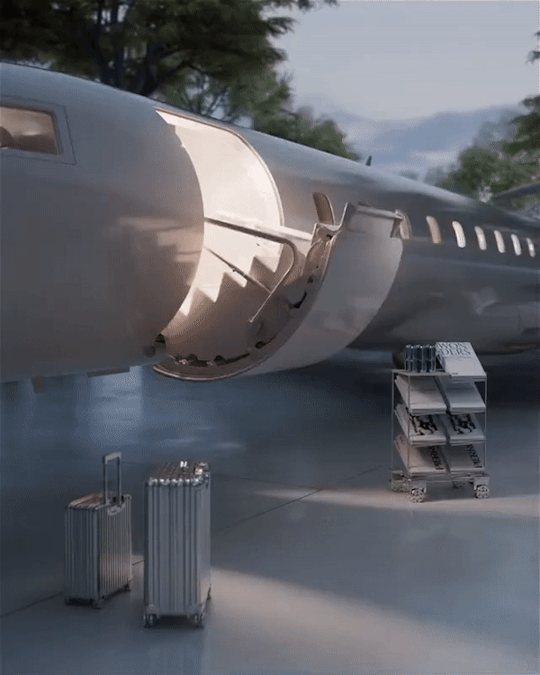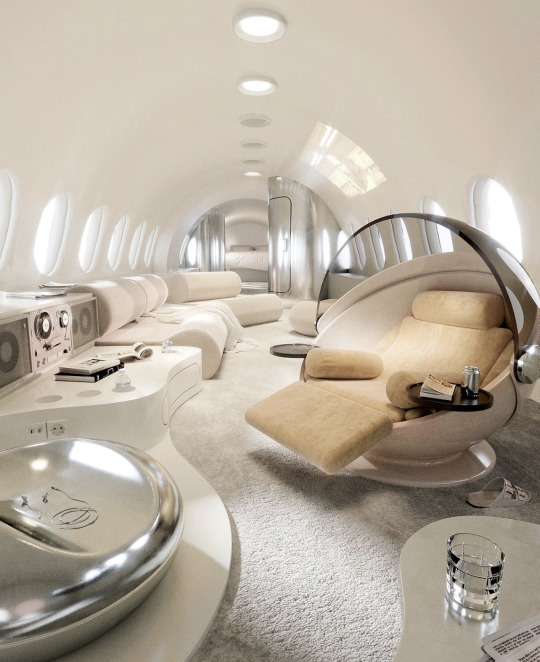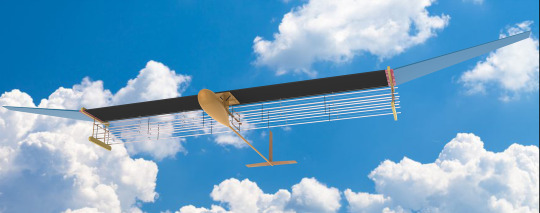#aircraftgif
Photo


Joe Mortell’s Art
#art#design#plane#planegif#Jetsetter#private jet#jetgif#flying private#flying palace#luxury living#luxurypad#ultimatepad#pad#joe mortell#concept#render#business jet#aircraft#aircraftgif#visual inspiration#luxurylifestyle#luxuryjet#animated gif
670 notes
·
View notes
Photo




“Ionic” Wind Aircraft
Lead researcher: professor Steven Barrett
Team: professor David Perreault research group, Thomas Sebastian, and Mark Woolston.
The basic idea is simply that when you have a powerful source of negatively charged electrons, they pass that charge on to the air around them, “ionizing” it, at which point it flows away from that source and toward — if you set it up right — a “collector” surface nearby.
Essentially what you’re doing is making negatively charged air flow in a direction you choose. This phenomenon was recognized in the ’20s, and in the ’60s they even attempted some thrust tests using it. But they were only able to get about 1 percent of the input electricity to work as thrust. That’s inefficient, to say the least.
To tell the truth, Barrett et al.’s system doesn’t do a lot better, only getting 2.6 percent of the input energy back as thrust, but they have the benefit of computer-aided design and super-lightweight materials.
The team determined that at a certain weight and wingspan, and with the thrust that can be generated at that scale, flight should theoretically be possible. They’ve spent years pursuing it.
After many, many revisions (and as many crashes) they arrived at this 5-meter-wide, 2.5-kilogram, multi-decker craft, and after a few false starts it flew… for about 10 seconds. They were limited by the length of the room they tested in, and figure it could go farther, but the very fact that it was able to sustain flight significantly beyond the bounds of gliding is proof enough of the concept.
No one, least of all the crew, thinks this is going to replace propellers or jet engines any time soon. But there are lots of applications for a silent and mechanically simple form of propulsion — drones, for instance, could use it for small adjustments or to create soft landings.
There’s lots of work to do. But the goal was to invent a solid-state flying machine, and that’s what they did. The rest is just engineering.
Text courtesy of Devin Coldewey @techcrunch
#art#design#science#flying#electron#propulsion#futuristic#mit#ionic#wind#aircraft#airplane#aircraftgif#planegif#techcrunch#devin coldewey
6 notes
·
View notes